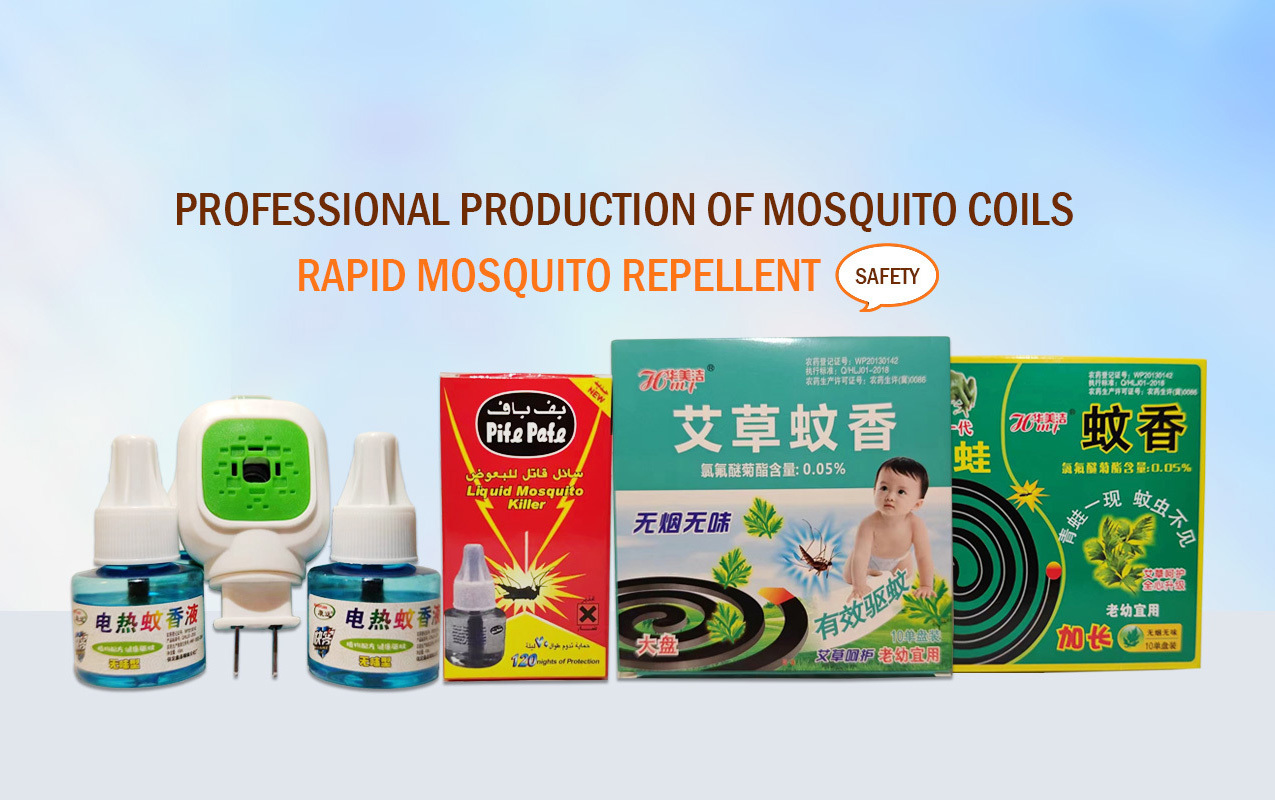Targeted Control: The Science Behind Modern Insecticides for Flies
2025-09-24

Flies represent one of the most pervasive pest challenges globally, impacting sectors from agriculture to public health due to their role as disease vectors. Controlling these populations requires a sophisticated approach, leveraging specialized insecticides for flies that target their unique biology. The effectiveness of these control measures hinges on several factors, including the active ingredient, the formulation technology, and the application method.

A key innovation in this field is the use of micro-emulsion formulations. This technology creates a stable mixture of oil and water, enhancing the penetration and consistency of the active ingredient. This results in improved residual activity, meaning treated surfaces remain effective at controlling flies for extended periods after application.
The application environments for these insecticides for flies are diverse. In agricultural settings, such as livestock farms and poultry houses, they are crucial for managing fly populations that stress animals, reduce productivity, and facilitate the spread of pathogens. In public health and urban environments, these products are deployed in areas like garbage disposal sites, restaurants, and hospitals to prevent the transmission of diseases. A critical strategy in these settings is the creation of barrier treatments, where surfaces flies commonly rest on are coated with a residual insecticide, providing ongoing control.
Beyond direct spraying, the concept of resistance management is integral to sustainable fly control programs. Overuse of a single class of insecticide can lead to insecticide resistance, rendering treatments ineffective. Manufacturers address this by developing products with different modes of action—such as affecting the nervous system or growth regulators—and recommending rotational use to mitigate resistance development.
The performance of these insecticides is not solely dependent on toxicity. The quality of the formulation significantly influences its behavior. Factors like particle size, stability of the micro-emulsion, and adherence to surfaces determine the product's ability to effectively contact and control the target pest. This precise engineering ensures that the insecticide performs as intended, providing reliable reduction of fly populations when used within a broader Integrated Pest Management (IPM) strategy.
In conclusion, the development and strategic use of insecticides for flies involve a detailed understanding of entomology and chemistry. Their role is essential in protecting health and economic interests, but their long-term viability depends on responsible use and continuous innovation to stay ahead of adaptive pest populations.
Recommend News
Contact Us
Leave Us A Message


